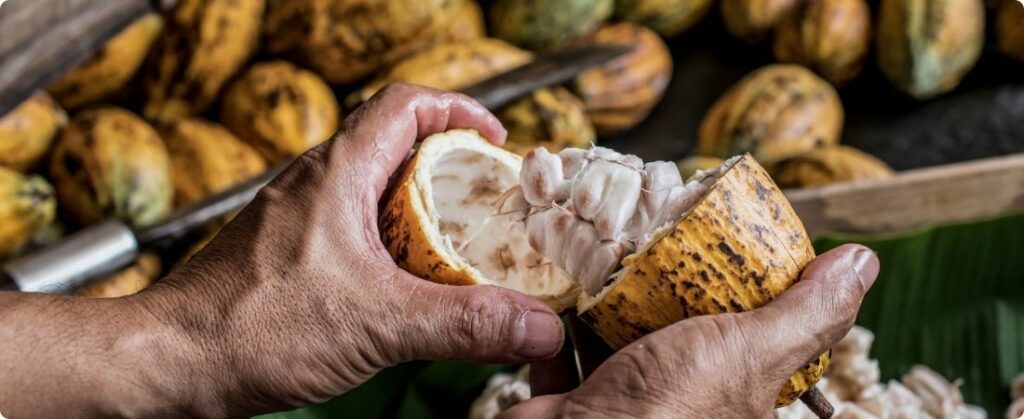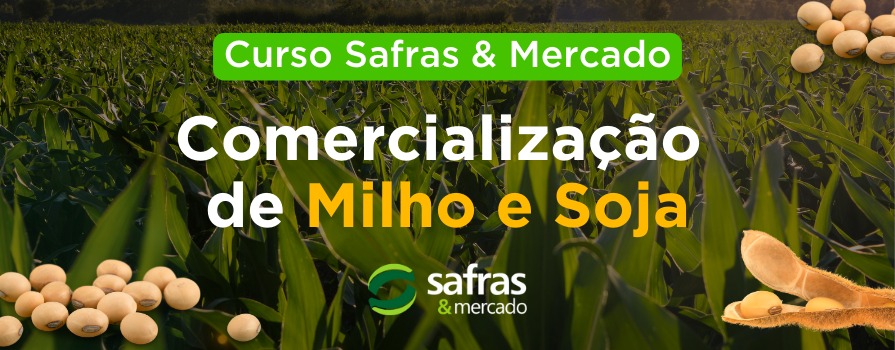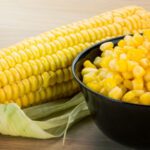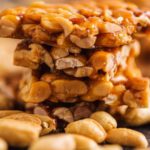
Brazil is once again gaining prominence in cocoa production, driven by the historic high international price, which exceeded 10 thousand dollars per ton in 2024. For this reason, the appreciation of the grain opened a new opportunity for the country to regain its leading role in a culture that was once a symbol of wealth in southern Bahia between the 1930s and 1980s. Thus, the big difference now lies in the use of technologies such as precision irrigation.
In addition, entrepreneurs are investing more than 300 million dollars in cocoa cultivation in areas of the Bahian Cerrado, focusing on sustainable and productive practices. In order to increase efficiency, the new model adopts irrigated crops, with a density of up to 1,600 plants per hectare and controlled fertilization. As a result, productivity has already reached 3 tons per hectare — a performance much higher than the average of leading countries in production, such as Ivory Coast.
Technology and investments drive new era of cocoa
However, drip irrigation is the cornerstone of this advancement, allowing total control over the supply of water and nutrients. The technology ensures regularity in production, fruit quality and efficient use of natural resources, especially water. Likewise, the system makes plants healthier and promotes uniformity in crops, in addition to contributing to the sustainability of cultivation.
According to experts, this moment represents a strategic turning point. “Brazil has shown countless times that it knows how to take advantage of critical moments to reinvent itself in the field. May this new venture in cocoa be further proof of our ability to transform crisis into opportunity,” says Celso Moretti, advisor to the Scientific Council for Sustainable Agriculture (CCAS), former president of Embrapa and agronomist.
Finally, Moretti highlights: “The rebirth of cocoa must be connected to the legacy left in the south of Bahia. Rebuilding this ancient culture is also an opportunity to rescue knowledge. It is a chance to strengthen regional economies. And, also, to retell a history that seemed to have been interrupted by a plague of fungus.”
Source: Leonardo Gottems | agrolink














